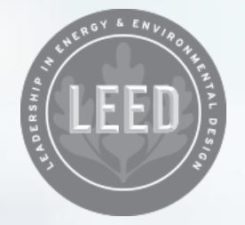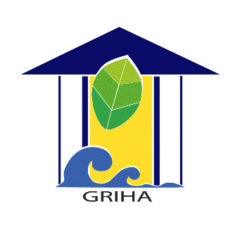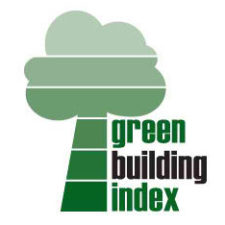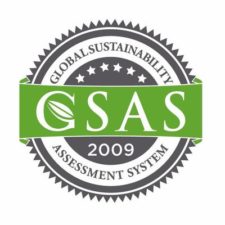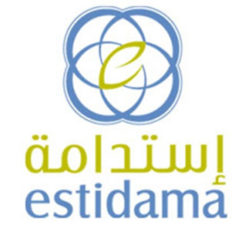
The Pearl Rating System’s Building Rating System promotes the development of sustainable buildings in Abu Dhabi. The tool encourages water, energy and waste minimization, local material use and improved supply chains for sustainable and recycled materials and products throughout the project life cycle, from design to construction. The PCRS is applicable to offices, retail buildings, multi-residentials, schools and buildings with mixed uses. The sustainability of buildings is assessed across a broad list of required and optional credits, that are adapted depending on the building’s use.
Lifecycle Phase(s): Concept DesignTechnical experts broadly outline the project’s basic characteristics., Detailed DesignTechnical experts further elaborate the Concept Design., ConstructionThe asset is constructed in line with design, budget and timeline.
Type(s) of Tool: Rating SystemsProvide quantifiable sustainability ratings and / or certification for projects or assets.

